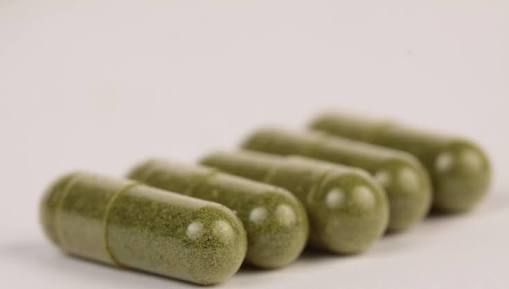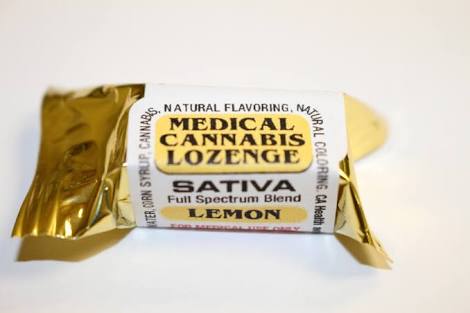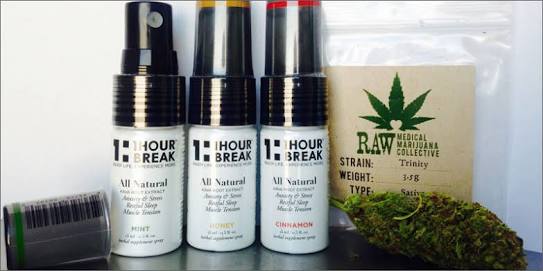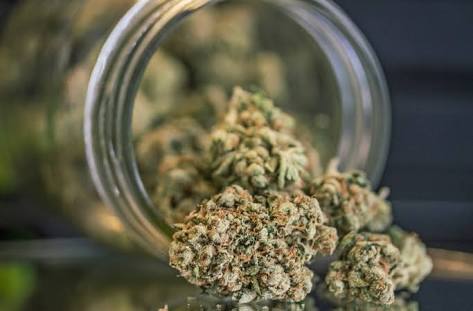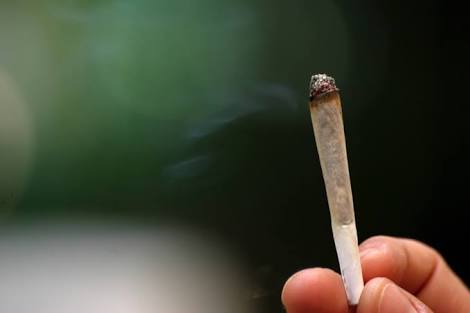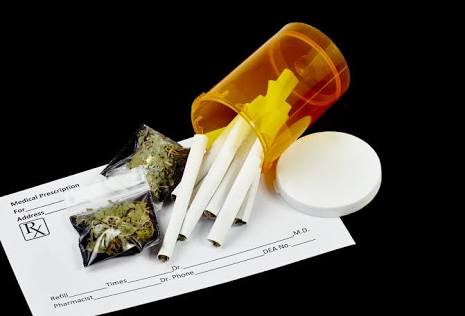- Marijuana is thought to be a bad drug that keeps kids out of school.
- It can also be a medicine for many disorders and benefits for the physical and mental health of others.
- Medical marijuana should be accessible to those who need it.
Medical marijuana is cannabis and cannabinoid recommended by doctors for their patients. Its use as a medicine has not been thoroughly tested due to production restrictions and other government regulations.
Although limited evidence suggests that cannabis can reduce nausea and vomiting during chemotherapy, improve appetite in people with HIV/AIDS, reduce chronic pain and muscle spasms.
Medical cannabis can be used in a variety of menthod including liquid tinctures, vaporizing or smoking dried buds, eating cannabis edibles, taking cannabis capsules, using lozenges, dermal patches and/or oral and dermal sprays.
Liquid Tinctures
Smoking
Edibles
Capsules
Lozenges
Dermal Patches
Oral and Dermal Sprays
There are at least two active chemicals in marijuana that researdhers think that it has medical applications. The chemicals are cannabidiol or CBD which impacts the brain without a high and tetrahydrocannabinol or THC which involves the pain relieving qualities.
Medical Marijuana and its benefits:
According to the National Eye Institute, “Studies in the early 1970s showed that marijuana, when smoked, lowered intraocular pressure (IOP) in people with normal pressure and those with glaucoma.”
It is believed that medical marijuana can treat and prevent the eye disease glaucoma, which increases pressure in the eyeball, damaging the optic nerve and causing loss of vision. The effects of the drug can slow down the progression of the disease, preventing blindness.
Studies have proved that it can lessen seizures for people who have epilepsy and/or a severe seizure disorder called Dravet Syndrome.
Robert DeLorenzo of Virginia Commonwealth University tried to give marijuana extract and synthetic marijuana to epileptic rats.
A documentary, “WEED,” was also made to raise awareness for medical marijuana to be accessible to many. Charlotte Figi was a five-year-old girl with Dravet Syndrome. The drug has decreased her seizures from 300 per week to one every seven days.
According to researchers at California Pacific Medical Center in San Francisco, CBD involved in medical marijuana may actually help to prevent cancer cells from spreading. The cannabidiol stops cancer by turning off a gene in the call called Id-1. Cancer cells make more copies of this gene than non-cancerous cells, and it helps them spread through the body.
The researchers studied this experiment with breast cancer cells which have a high expression of the Id-1 and treated the cells with cannabidiol in a laboratory. After the treatment, cells had decreased Id-1 expression and were less aggressive in spreading.
In “WEED,” it was also mentioned that more studies were made that suggests the compounds found in cannabis could actually kill cancer cells. Users have also confirmed that marijuana relieves their pain and suppress nausea, two main reaons it is often used to relieve the side effects of chemotherapy.
Medical marijuana can also ease painful symptoms of multiple sclerosis. Jody Corey-Bloom from Canadian Medical Association studied 30 patients with multiple sclerosis. The patients have painful contractions in their muscles. Other treatments didn’t work for them but when they smoked marijuana for a few days, there was even lesser pain.
The THC in the drug binds the receptors in the nerves and muscles to relieve the pain. Other studies also suggests that the chemical also helps in other muscle spasms.
Legalizing medical marijuana in the Philippines could help a lot of people experiencing pain and other diseases involved in this list. Recently, a video from BuzzFeed went viral when Kelsey Darragh, experiencing chronic pain tried all kinds of medical marijuana to relieve her pain.
Darragh would wake up in the middle of the night, experiencing severe pain. She suffers from a neuropathic chronic pain condition known as Trigeminal Neuralgia or TN. The trigeminal nerve is a nerve located in the brain, primarily responsible for transmitting sensations from the brain to the face.
TN occurs when nerves are damaged or injured. TN is also known as the “worst pain known to mankind” sending extreme pain in the head, neck and jaw. It is comparable to the pain of severe burns, childbirth and even the bite of a bullet ant. It was nicknamed as the “suicide diseade” at one point because people who experience this kind of pain would take their own lives just to end the severity of their pain.
Darragh had multiple surgeries, medications and even botox to try and help relieve the pain. She tried medical marijuana just to help her relieve the chronic pain she keeps on experience. She hunted down a CBD-oil which is THC-free to avoid the high. She got a medical marijuana card and went to a dispensery. No amount of physical therapy had given her relief until she tried medical marijuana.






